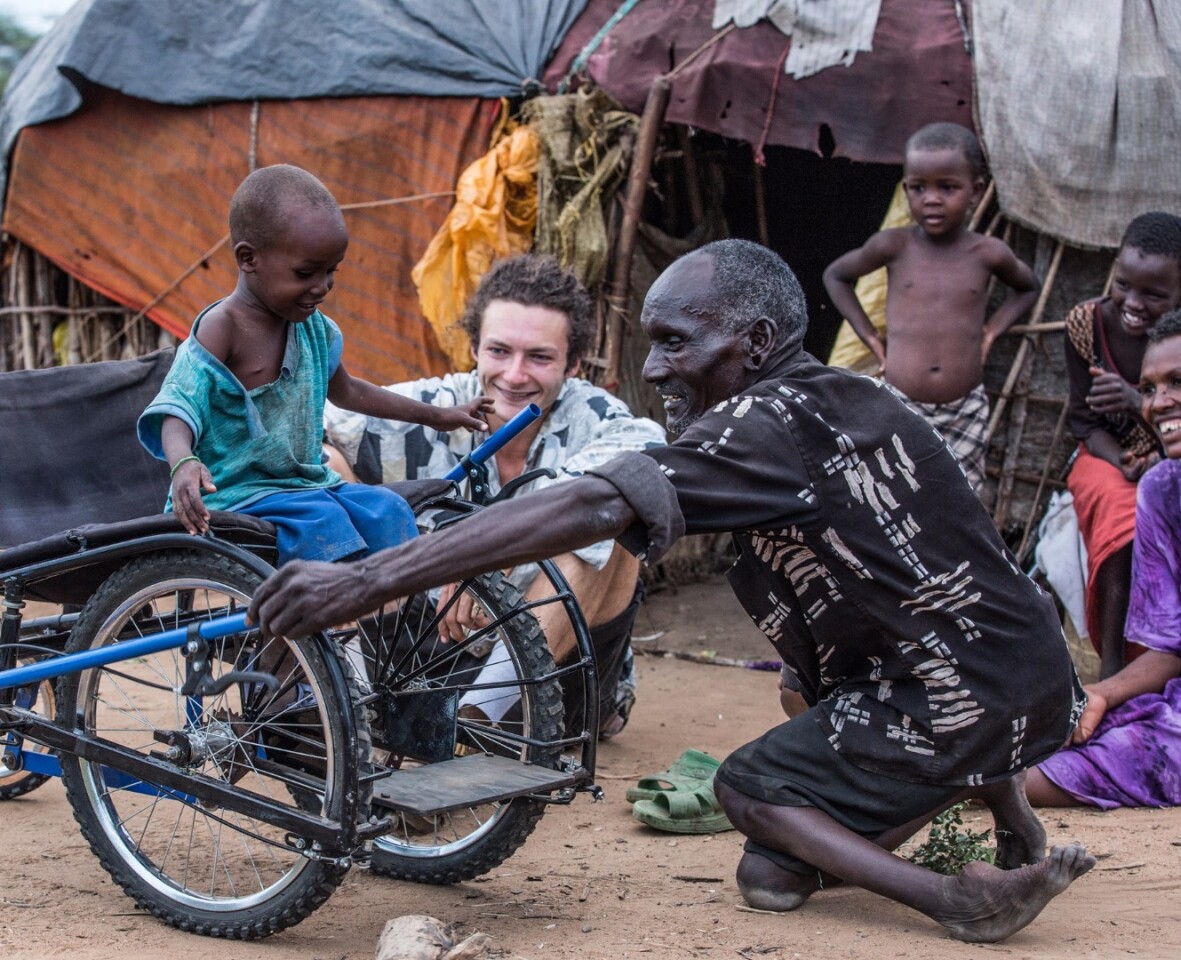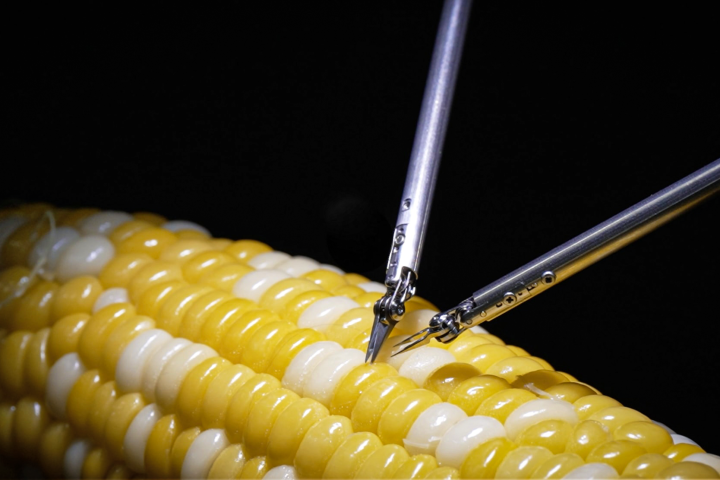A new wheelchair has been designed to make life easier for individuals living with disabilities in developing regions. The SafariSeat, from London-based Uji, is aimed at being affordable, easy to repair with inexpensive parts, and able to be manufactured and repaired locally.
Like the Freedom Chair and Mountain Trike, the SafariSeat was conceived for use on rough terrain. Where it differs from those examples, though, is in having four wheels instead of three and a focus on affordability.
The project came about in 2014 after an accident left Uji founder Janna Deeble in a wheelchair temporarily. Deeble, who grew up in Kenya, felt the experience helped him to better understand the difficulties that are faced by wheelchair users people in developing countries, who may have to deal with rough terrain without adequate equipment.
To begin, the team researched the way such individuals live and the day-to-day issues they face. It was decided that the chair should be made out of bike parts, as these would be affordable, easy to work with and widely available.

The chair is designed in such a way that it can be assembled without the need for tools. Levers on each side are pumped with the arms to propel the chair via a leveraged mechanism. Gripping the levers at the bottom gives the sense of a high gear for use at speed over flat ground, while gripping them at the top provides more leverage for increased torque over rough ground.
A suspension system allows the chair to keep all four wheels in contact with the ground for stability while moving over rough terrain. The seat, meanwhile, adjusts its shape as the chair moves, helping to reduce the potential for pressure sores and stimulating blood-flow.
Uji plans to make the blueprints for the SafariSeat freely available, meaning that anyone will be able to build one. It also plans to include workarounds so that the chair can still be constructed even if not all of the required components are available.
A Kickstarter crowdfunding campaign for the SafariSeat is underway. Pledges from £200 will see a SafariSeat gifted to an individual whom it could benefit.
The video below is the Kickstarter pitch for the SafariSeat.
Source: Kickstarter






